Introduction
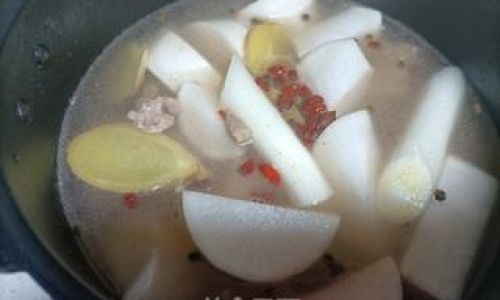
In the realm of culinary delights, hearty stews occupy a special place, especially during colder seasons when the need for comforting, nourishing dishes becomes paramount. Among these, lamb stew with carrots stands out as a timeless classic, blending the rich, earthy flavors of lamb with the sweetness and texture of carrots to create a meal that is both satisfying and comforting. This dish not only warms the body but also nourishes the soul, making it an ideal choice for family gatherings, cozy dinners, or simply treating oneself after a long day.
In this guide, we will delve into the art of making lamb stew with carrots, from selecting the best ingredients to mastering the cooking process. We’ll explore the various steps, tips, and tricks that will help you achieve a stew that is tender, flavorful, and bursting with aroma. Whether you’re a seasoned chef or a home cook eager to expand your repertoire, this comprehensive guide promises to be an invaluable resource.
Section 1: Ingredient Selection
The foundation of any great dish lies in its ingredients, and lamb stew with carrots is no exception. Here’s a breakdown of the key components you’ll need:
Lamb:
- Cut: Opt for bone-in lamb shoulder or lamb neck chops. These cuts are rich in collagen and fat, which break down during slow cooking to create a rich, gelatinous broth that adds body and flavor to the stew.
- Quality: Choose grass-fed or free-range lamb for superior taste and nutritional benefits. Look for meat that is well-marbled and has a deep, vibrant color.
Carrots:
- Variety: Fresh, firm carrots with a bright orange hue are ideal. Avoid carrots that are cracked, soft, or have spots.
- Size: Medium to large carrots work best, as they hold their shape well during cooking and add a nice chunkiness to the stew.
Aromatics:
- Onions: Yellow or white onions add sweetness and depth.
- Garlic: Fresh garlic cloves, minced or crushed, provide a pungent, savory element.
- Fresh Herbs: Rosemary, thyme, and parsley are essential. Dried herbs can be used, but fresh herbs will yield a more vibrant, aromatic result.
Liquid:
- Broth or Stock: Use high-quality beef or lamb broth for the best flavor. Chicken broth can be a substitute but may alter the taste slightly.
- Wine: A dry red wine like Cabernet Sauvignon or Merlot can add complexity and depth. If you prefer not to use wine, additional broth or a splash of balsamic vinegar can be used.
Seasonings:
- Salt and Pepper: Essential for seasoning.
- Spices: Consider adding a pinch of cumin, coriander, or paprika for extra layers of flavor.
Optional Additions:
- Potatoes: For a creamier texture and additional starch.
- Peas or Beans: For added color, nutrition, and texture.
- Tomatoes: Diced tomatoes or tomato paste can add acidity and richness.
Section 2: Preparation Techniques
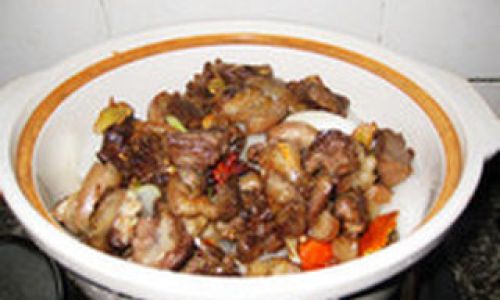
Before diving into the cooking process, proper preparation is crucial. Here’s how to get started:
Trim and Season the Lamb:
- Trim excess fat from the lamb pieces, leaving just enough to keep the stew moist and flavorful.
- Season the lamb generously with salt and pepper. You can also use a blend of herbs and spices like paprika, cumin, and garlic powder for extra flavor.
Prep the Vegetables:
- Peel and chop the carrots into large, even pieces. This ensures they cook evenly and maintain their shape.
- Peel and finely chop the onions and mince the garlic.
- Strip the leaves from the rosemary and thyme stalks, and chop the parsley for garnish.
Section 3: Cooking the Stew
Now, let’s dive into the cooking process. There are several methods, but we’ll focus on the classic stovetop and oven methods.
Stovetop Method:
-
Sear the Lamb:
Heat a large, heavy-bottomed pot or Dutch oven over medium-high heat. Add a tablespoon of oil and, once hot, sear the lamb pieces until browned on all sides. This locks in juices and adds flavor to the stew.
-
Sauté the Vegetables:
Remove the lamb from the pot and set aside. Reduce the heat to medium, add a bit more oil if needed, and sauté the onions until translucent. Add the garlic and cook until fragrant, about 1 minute.
-
Combine Ingredients:
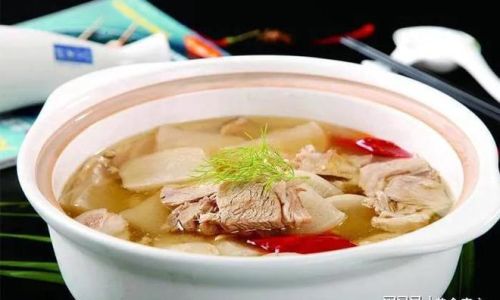
Return the lamb to the pot, adding the carrots, herbs, and enough broth or wine to cover the ingredients by about an inch. Bring the mixture to a simmer.
-
Simmer:
Reduce the heat to low, cover, and let the stew simmer gently for about 2 to 3 hours, or until the lamb is tender and falling apart. Stir occasionally to prevent sticking and ensure even cooking.
-
Finish and Serve:
Taste and adjust the seasoning with salt and pepper. If the stew is too thin, you can remove the lid and let it reduce for a few minutes. Garnish with chopped parsley before serving.
Oven Method:
-
Preheat and Sear:
Preheat your oven to 325°F (165°C). Follow the same steps for searing the lamb and sautéing the vegetables in a Dutch oven or oven-safe pot.
-
Combine Ingredients and Transfer:
Once the vegetables are sautéed, add the lamb, carrots, herbs, and broth or wine to the pot. Bring the mixture to a simmer on the stovetop.
-
Cover and Bake:
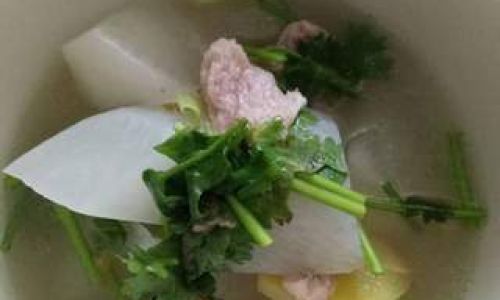
Cover the pot with a lid and transfer it to the preheated oven. Bake for about 2.5 to 3.5 hours, or until the lamb is tender. Check occasionally to ensure the stew isn’t drying out.
-
Finish and Serve:
Follow the same steps for tasting, adjusting seasoning, and garnishing as in the stovetop method.
Section 4: Tips and Tricks for Perfect Lamb Stew
-
Patience is Key:
Slow cooking is essential for tender, flavorful lamb stew. Rushing the process can result in tough meat and a bland broth.
-
Use a Heavy-Bottomed Pot:
A good-quality, heavy-bottomed pot distributes heat evenly and prevents scorching, ensuring a smoother cooking process.
-
Deglaze the Pot:
After searing the lamb, deglaze the pot with a splash of broth or wine to loosen any browned bits stuck to the bottom. This adds extra flavor to the stew.
-
Adjust the Liquid:
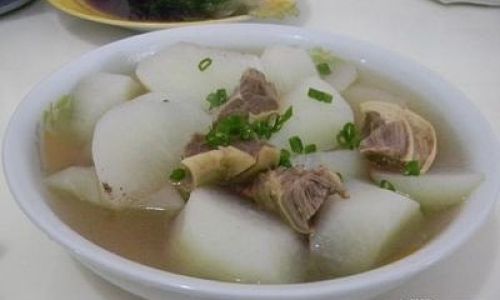
Lamb stews can vary in how much liquid they need. Start with enough to cover the ingredients but be prepared to add more if the stew seems too thick or to remove the lid and let it reduce if it’s too thin.
-
Don’t Over-Stir:
Stirring too frequently can break down the meat and vegetables, making the stew less appealing. Stir gently and occasionally.
-
Rest the Stew:
Let the stew rest for about 15-20 minutes after cooking. This allows the flavors to meld together and the meat to reabsorb some of the juices, making it even more tender.
Conclusion
Lamb stew with carrots is a dish that embodies the essence of comfort food. Its rich, hearty flavor and satisfying texture make it a perfect choice for any occasion. By following the steps outlined in this guide, from carefully selecting your ingredients to mastering the cooking process, you can create a lamb stew that is not only delicious but also a testament to your culinary skills. Whether you’re cooking for a family dinner, hosting friends, or simply treating yourself, this dish promises to deliver an unforgettable culinary experience. Happy cooking!
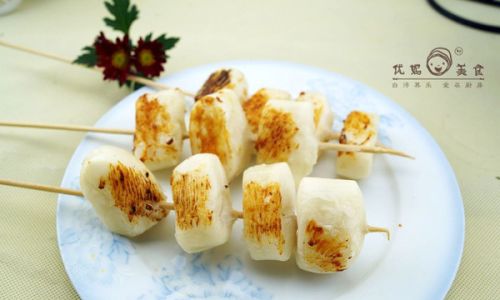

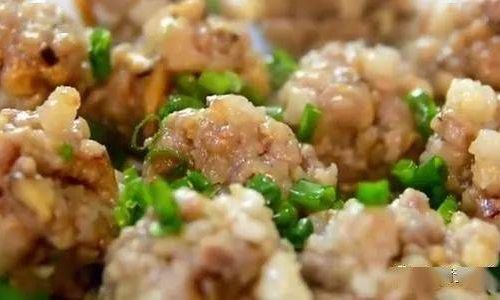
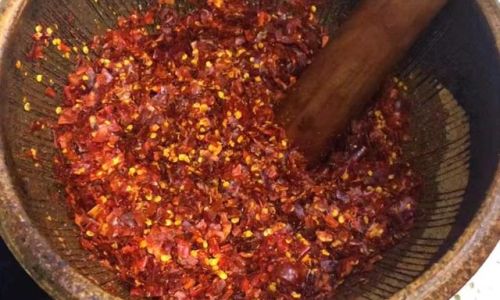
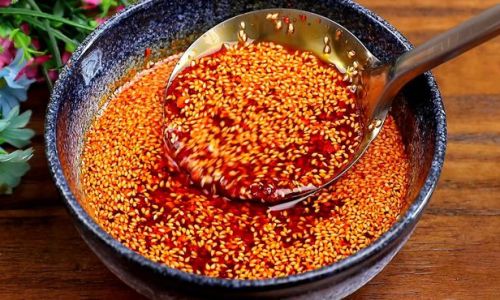
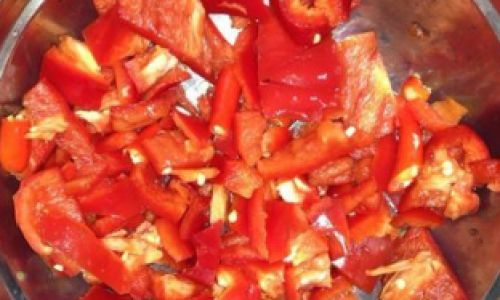
0 comments